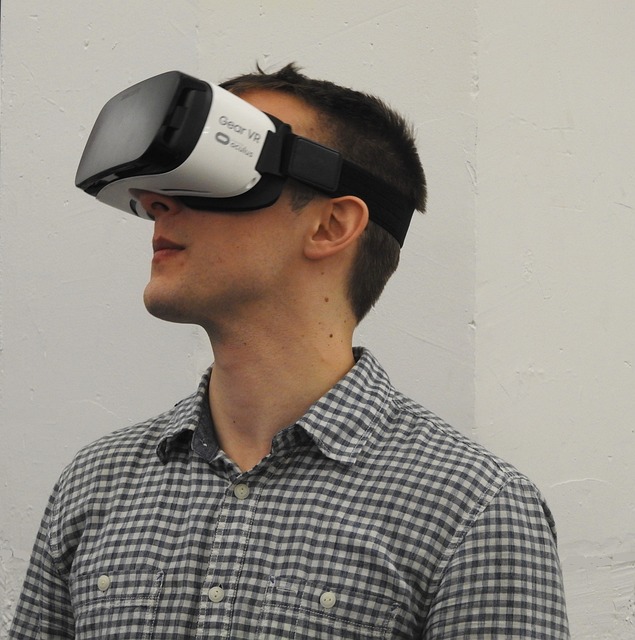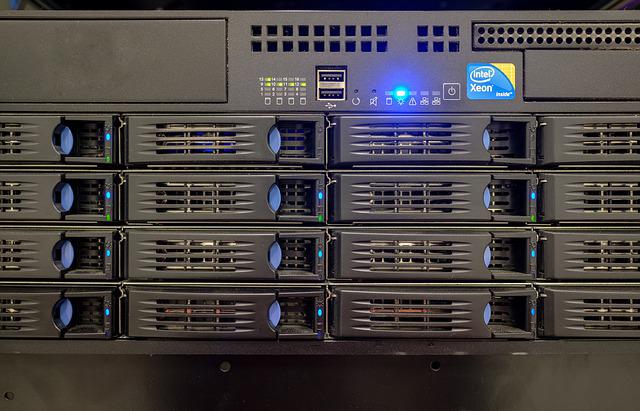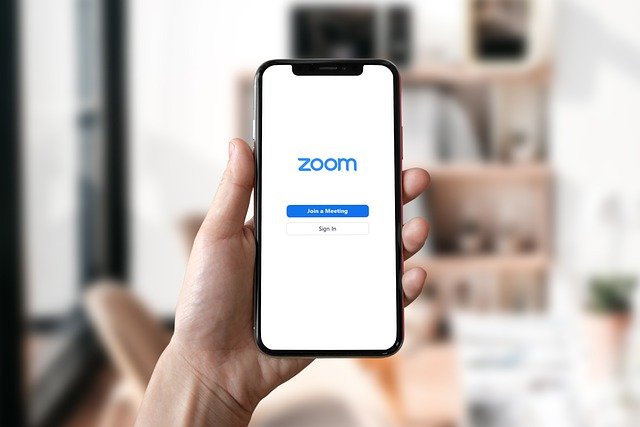
I suspect digital exams are the way of the future albeit I see challenges in getting there after around 100 years of doing things on paper. Change will be a key challenge but is not the only challenge as was evidenced by the digital exam I supported this morning.
Now our support for these exams goes above and beyond what is normally possible however myself and my team do this to try and ensure the students have the best experience of their online exams. We had around 35 students sitting the 2hr online test and myself and two of my team had made ourselves available. A ratio of 1 tech (if I count myself as such although this is debatable these days) to 10 students isnt something that could be achieved if exams such as the GCSEs or A-Levels went heavily digital so this is the first point to consider. If exams went largely digital the tech staff to student ration would be way higher than this and I would suspect run to 1:100, 1:200 or higher. But for this exam we were heavily staffed and this morning, this was a good thing.
In terms of our infrastructure and Wi-Fi as a school we have invested heavily in infrastructure to support 1:1 devices and the embedded use of technology throughout the school. As such having the infrastructure to support digital exams isnt an issue although going forward we would need to look at additional Wi-Fi capabilities in the large sports halls where exams might be held, but where we hadn’t previously installed more than a single access point, which may struggle as soon as you have 300 students sitting a digital exam at once.
Client devices is easy as we are 1:1 and for those external students sitting the digital exam with us, as we operate as an exam centre during the process, they are simply told to bring a suitable device and we then provide them access to the Wi-Fi. So all good so far.
And this is where the difficulties appear; During the course of the exam a number of students were unable to start their exam. Their devices were ok, they had access to Wi-Fi, they had the software, but still they couldn’t get in. The issue was on the exams platform end. The admin portal we could see showed everything was fine and they were listed and had joined the exam, but on their devices it wouldn’t let them proceed. The usual steps were taken by myself and the team; Log out and back in, shut down and restart the app, etc, but to no avail so the next step was a call to the exam board help desk to see if they could resolve the issue. After around 40 minutes or so the issue was resolved and the students went about their exam but this was maybe 5 students from 35, 14% of students. How would that work when there are 300 students, that would be 42 students with difficulties? And what about the students themselves, nervous enough about an exam and then presented with issues while their fellow students get on with their exam, forced to listen as we wade through a help desk automated call options to finally reach a person who could help? And even when we did get through to someone they then had us work through a resolution check list of steps, where most we had already done and were unlikely to resolve the issues at hand.
This is where we will see the challenges in terms of the infrastructure provided at the exam board end to minimise the risk of things going wrong, and then the support provided to deal with issues where they do go wrong. If the infrastructure is robust then you hope to have a failure rate of maybe 1 or 2% of students, which would be manageable even at 300 students. I wonder if the exam board from this morning would ever release data on its failure or issue rate; I suspect not however from our exam session the rate was around 14%. And if the support is there then you would quickly be able to get to someone who can help and then resolve the issue, ideally in 5-10 minutes as a maximum, rather than the 30 to 40min we experienced. For me it is clear that for digital tests the work the exam boards need to invest heavily up front as otherwise students will suffer.
It s a bit like EdTech in general; If you don’t invest in the fundamentals which includes your infrastructure, including hardware and software, plus your support provision, it is likely your tech will not be reliable enough to provide a good service to users. From an EdTech point of view this is bad enough but put this in the context of students sitting their terminal exams which might shape the options they have available to them at the next step in their educational journey; the stakes are too high for things to go wrong.










